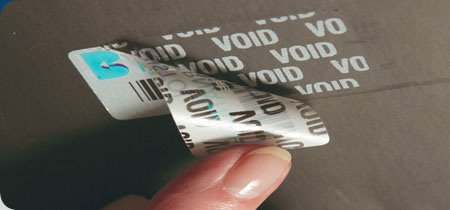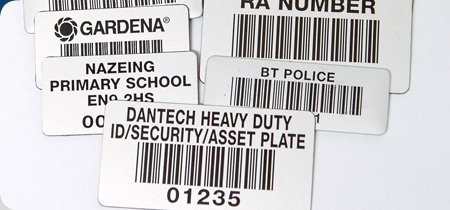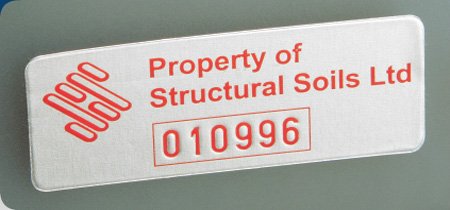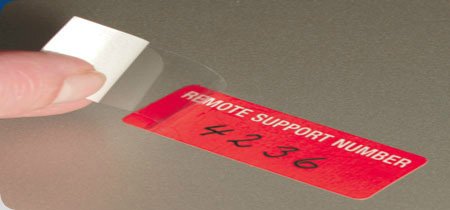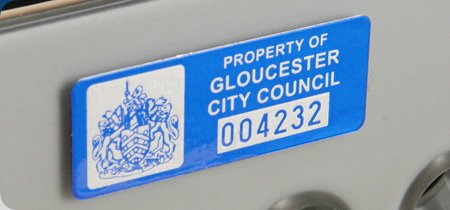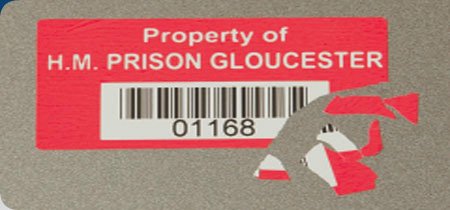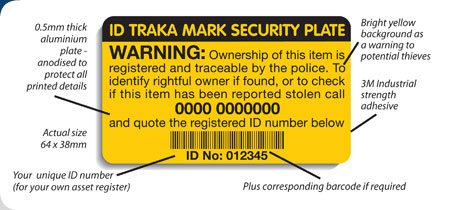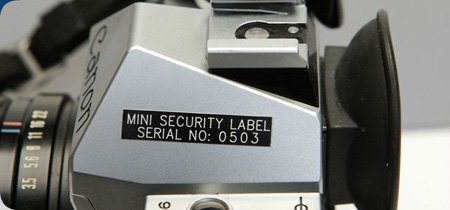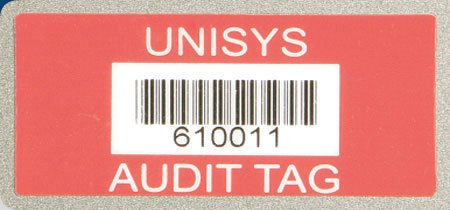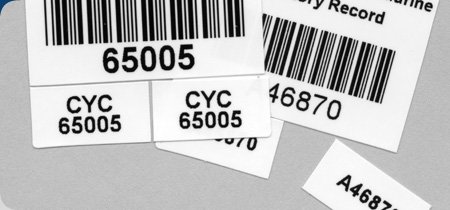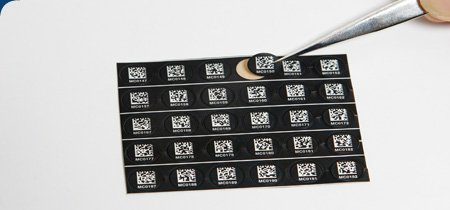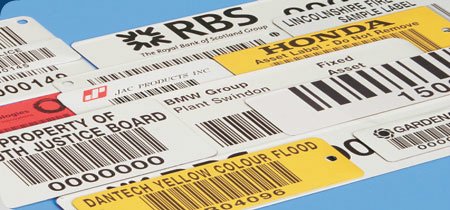Secure your Camera with Asset Labels
Memories are not always picture-perfect. Over time, they fade and become indistinct like chalk drawings after a downpour of rain. Largely it’s because of this that we take pictures, so we can remind ourselves of past events when memory fails us. So you can imagine how frustrating it can be when your pictures come in imperfect due to an error that occurred because the camera was in poor condition.
Like anything, your camera is only as good as its condition allows. If it’s suffering from damaged, dirty or worn parts, then the quality of the picture will suffer. Fortunately, keeping a camera is nothing especially taxing -- it’s mostly a case of being mindful of where it is and making sure it’s safe when not in use.

For example, whenever your camera is not needed, always ensure your camera is packed away completely and stored safely in its carrying case. Within your case, there should be packets of silica gel to absorb moisture, and the inside should be cool and dry. Replace the cap on the lens to prevent dust from falling onto and getting stuck in it. Never store it away with its batteries still in place; make sure they’re removed and placed within a safe compartment of your case. Keeping the batteries plugged in all the time will damage them and reduce their overall efficiency and lifespan. Be aware, however, that eventually, your batteries will start to lose efficiency regardless of how well you keep them, usually after around 500 cycles.
In general, you should do your best to protect the vulnerable parts, the most obvious of which is the lens. Never point the lens directly at sunlight for extended periods of time, as doing so will damage the sensor. For that matter, never let your camera remain in direct sunlight for any length of time at all. Always keep the lens clean, too. Wipe it carefully with a dry, clean rag to remove dust and smudges while also following the maintenance instructions it would have arrived with. Cleaning fluids should be avoided, but if they must be used, apply a few drops to the cleaning cloth, not the lens itself. Never let the camera get wet unless it’s marked as being waterproof, and try to protect it from salt water if shooting at sea. If your camera gets sprayed with seawater, first carefully wipe it over with a cloth dipped in fresh water to rinse the remnants of salt water off your camera, then dry it off with a dry rag.
Never drop your camera if you can help it; physical trauma will damage fragile internal components. Use a strap in case of buttered fingers. Likewise, never try to force hinges, buttons or dials. Always turn off your camera before removing power sources, memory cards or cables.
Camera labels can also help protect your camera from theft and loss. While it cannot actually prevent anyone from taking your camera, camera labels do act as a mild deterrent and can allow your camera to be more easily identified when found. Most camera labels are tamper-resistant, meaning they’re more difficult to remove completely, and are deeply engraved. That means even if the numbers and symbols are rubbed off, the camera label is still identifiable. Your camera labels can also be registered, meaning even if your camera is stolen and sold off, it still legally belongs to you and can be returned when found with no further cost.
ID MINI MARK asset labels offer a wide range of asset labels for a variety of purposes, cameras not least of all. For further information regarding their ID security labels, please visit their website, www.idassetlabels.co.uk, or call them today on 01354 688 488 for more information.
Published on Wednesday 29th November 2023


